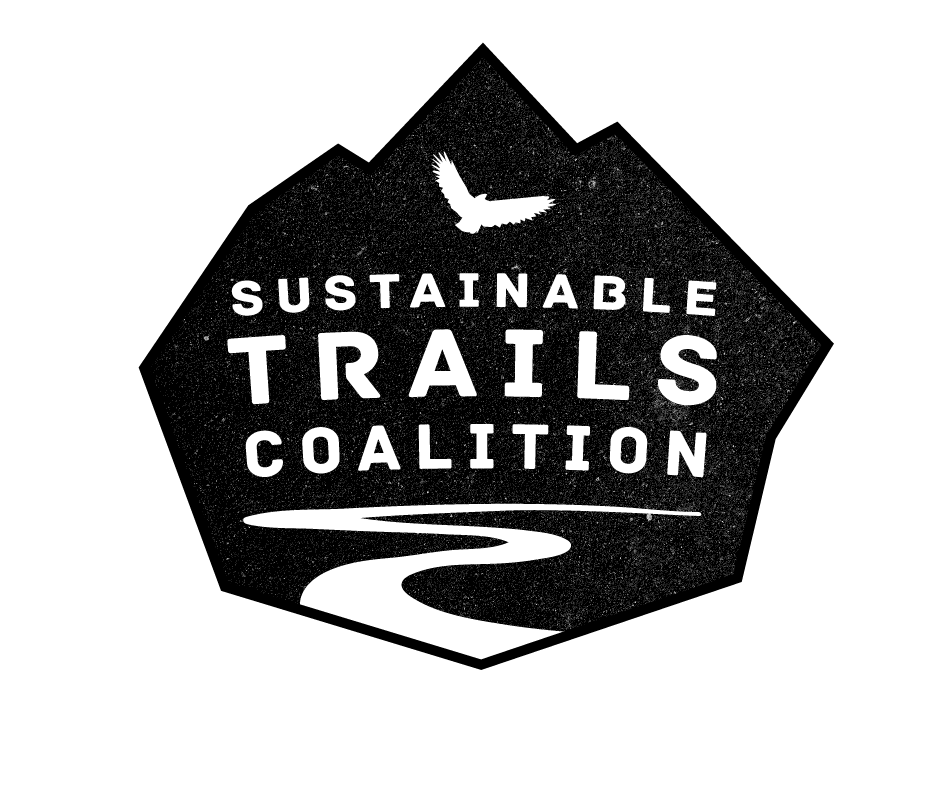First of all, just as we are against a blanket ban on all human powered travel, we are not in favor of a blanket permit. Our simple objective is to modify existing legislation and give land managers more flexibility in how they manage the trails that humans are invariably using to visit our 762 wilderness areas. Current regulations were written over 50 years ago when the total population of the United States was two thirds of what it is today and the total protected acreage was one tenth of what it is today. The world has changed and with some greater flexibility in the rules, land managers can properly maintain our trails, increase interest and involvement in our trail systems, and per the GAO study, enhance volunteerism to maintain the thousands of miles of trails that are currently deteriorating. Ultimately, this is a win-win-win situation for everyone.
Congress can fix these problems, but it needs a nudge and now is the time.
We have located an established government-affairs firm in Washington, D.C., that is willing to take on the challenge and tells us this is the right time to undertake this effort. Congressional leaders with responsibility over America's wildlands will be open to new policies that will repair neglected areas, reduce operational and maintenance costs, and protect the freedom to enjoy public lands in ways that are consistent with environmental preservation.
But a professional reform campaign requires substantial funding. Consider what it's worth to you to:
- Repair the Pacific Crest Trail and Continental Divide Trail so people can hike, bicycle, or ride horses over a well-maintained route;
- Give land managers the ability to use efficient tools so they can maintain our trails systems at a lower cost;
- Restore Congress's intent that human-powered travelers of diverse kinds be allowed to explore our national wildlands;
- Give hunters, anglers, and outfitters sustainable trails so they can safely and reliably access our lands;
- Give equestrians trails that minimize environmental impact and allow them to share them safely with other users;
- Give your children a future in which they can see the outdoors in person and under their own power, whether on foot, a horse, on a bicycle, or in a pedal-powered kayak.
- Increase interest and involvement in our trail network, and increase volunteerism to help maintain our national trail networks.

